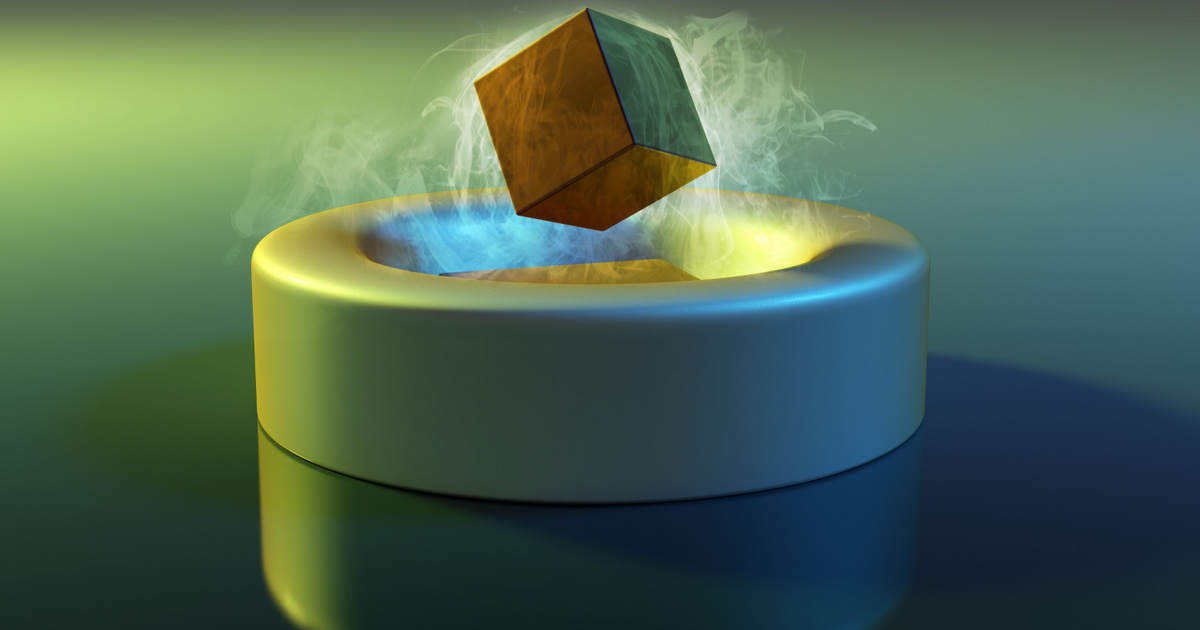As we reported at the end of July, Korean researchers reported an exciting discovery: a material that is superconducting at normal atmospheric pressure, room temperature, and even above the boiling point of water. Physics has long sought a material that conducts electricity without resistance and does not require special cooling, because it would revolutionize the electrical grid, transportation, electronics and fusion reactors.
However, to prove that the substance called LK-99 is superconducting, it had to be reproduced in prestigious scientific institutions around the world. The Korean researchers originally described phenomena indicative of superconductivity—but even then many cautioned against the sudden enthusiasm, noting that the scientific aptitude emerging from the authors’ articles did not appear to be very strong.
Sukbae Lee and Ji-Hoon Kim at the Institute for Quantum Energy Research in Seoul measured an unexpected drop in resistance in a lead apatite quasicrystal, gray matter swayed in a magnetic field. In recent weeks, the substance has been created and measured in about a dozen labs based on the attached recipe. The obvious result of the tests is that LK-99 is not a superconductor.
At this point, we can say that the matter is settled
– said Inna Vichik, who examined the material at the University of California.
As mentioned, physics researches a lot about superconductors, so the refutation itself was not trivial. Besides reproduction, Peking University described the reasons for LK-99’s strange behavior. Since Korean specialists conceived of quantum tunnels, American and European researchers proved that the structure of the material makes superconductivity impossible – the electrons in the material are strongly localized, so rather than a superconductor.
It is an excellent insulator.
Researchers at the Max Planck Institute in Stuttgart took it further: instead of the melting pot used by chemists, they decontaminated copper sulfide using a so-called floating crystal growth technique. A resistance of several million ohms was measured on the pure LK-99 crystal, but it was found to exhibit ferromagnetic and ferromagnetic properties: this caused magnetic flutter, which was mistakenly thought to be an important sign of superconductivity, the Meissner effect.
The final nail in the coffin of the story was caused by copper sulfide contamination. Sukbae Lee and Ji-Hoon Kim very accurately noted that at 104.6°C the resistance unexpectedly shrunk by one-tenth. It occurred to Prashant Jain, a chemist at the University of Illinois, that this is also the temperature of the phase change of copper sulfide – so the Koreans were fooled by a phenomenon caused by contamination in their material.
Lessons learned
In science, it is said that failure is not the end, because ruling out error is also part of progress. In this case, cumulatively true, the field has suffered a massive loss of prestige in recent years, because Ranga Dias, the University of Rochester researcher who brought the latest superconducting sensations and who has long been a science star, has been caught up in one of the most serious fraud scandals in history. Recently.
The miraculous mistake of the Koreans in this case was needed like a piece of bread.
The physicists and chemists of the world, regardless of continent or system, were able to use X-ray imaging systems and brilliant crystal growers and, within a few weeks of international collaboration, were able to prove that they really knew something and could not be fooled. The real merit of the little gray crystal is that it has inspired the scientific field. From the point of view of a great outcome in the future and the necessary support, it was certainly important that they get themselves and their knowledge together.
(nature)
(Cover photo: Getty Images / MARK GARLICK / SCIENCE PHOTO LIBRARY)












































